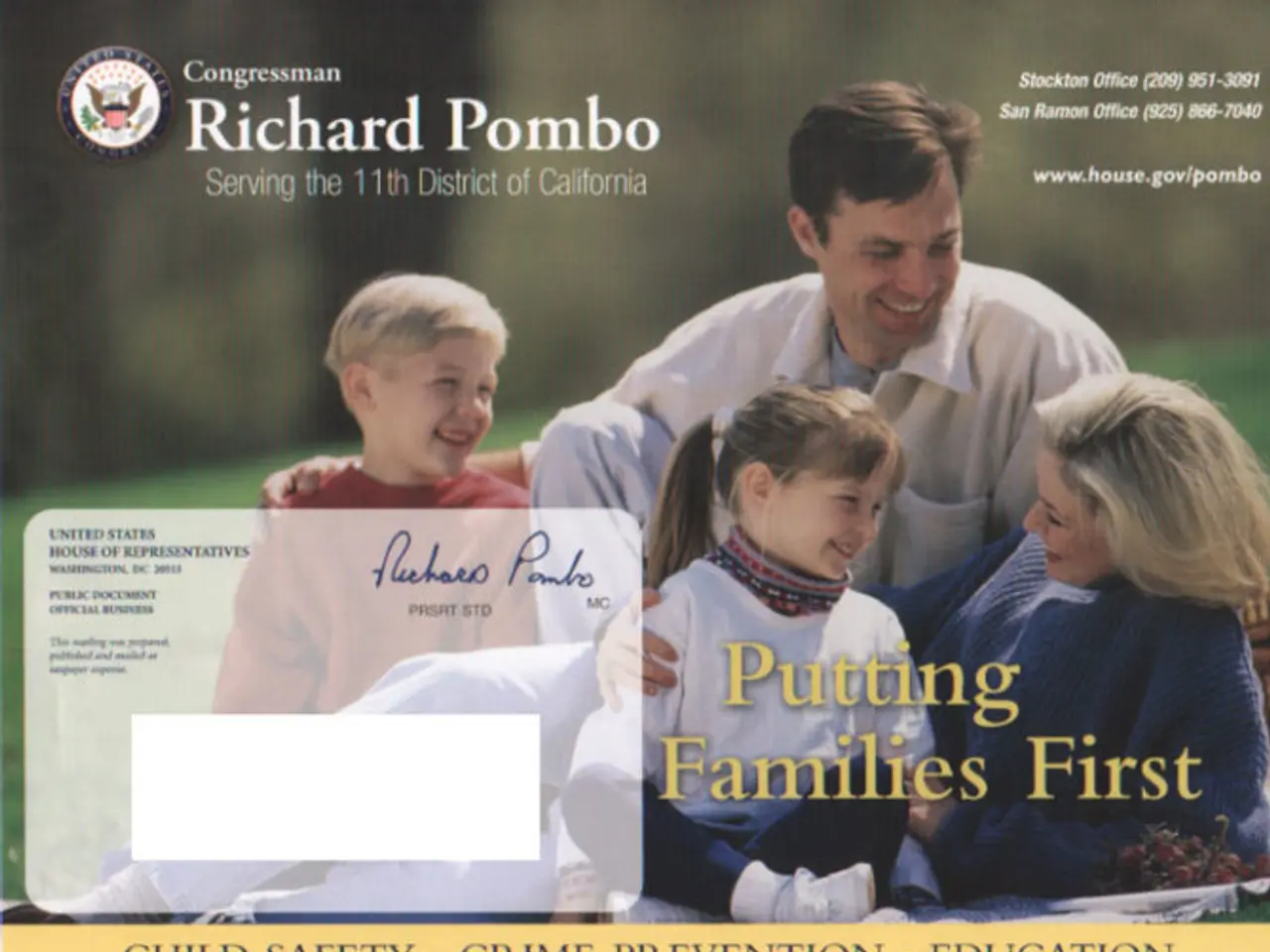Registering Your Software Brand as a U.S. Trademark: A Step-by-Step Guide
In the realm of business, protecting intellectual property is paramount, especially in an era where competition is fierce. This article sheds light on the key steps involved in registering a trademark in the United States, focusing on the differences between the U.S. and Canadian trademark systems.
Key Steps for Trademark Registration
- Trademark Search: Conduct a thorough search of existing trademarks in the United States to ensure your mark is unique and does not infringe on existing trademarks[1][2].
- Determine the Type of Application: Decide whether you are filing an "intent-to-use" (ITU) or "use-based" application. ITU applicants must later file a Statement of Use showing the trademark is being used in commerce. Use-based applications are filed when the trademark is already in commercial use[2][3].
- Classify Your Goods or Services: Identify the appropriate classification for your goods or services using the USPTO's Trademark ID Manual[5].
- Prepare and File the Application:
- Use the Trademark Electronic Application System (TEAS) to submit your application.
- Provide detailed information about your business and the trademark, including a description, classification, and specimens (for use-based applications)[4][5].
- Pay Filing Fees: Fees start at $350 for the base application fee plus additional fees per class of goods or services[5].
- Review and Approval Process:
- The USPTO will review your application to ensure it meets all legal requirements.
- If approved, your mark will be published in the Official Gazette, allowing others to oppose it during a specified period[1].
- Registration: For use-based applications, the USPTO issues a Certificate of Registration if no oppositions are successful. For ITU applications, a Notice of Allowance is issued, and you must later file a Statement of Use to complete the registration process[3].
Additional Requirements
- U.S. Representation: While not mandatory for U.S. domiciled applicants, hiring a U.S.-licensed attorney is encouraged. Foreign applicants must have a U.S.-licensed attorney represent them[2].
- Correct Application: Ensure all information is accurate and complete to avoid additional fees for corrections[5].
Timeline
The entire process can take about 12 to 18 months, potentially longer if issues arise during review or opposition[3].
Understanding the nuances of trademark law in multiple jurisdictions can be complex for businesses. The recent case of luxury automaker Bentley Motors losing a trademark battle to a small clothing company with the same name serves as a reminder of the "use it or lose it" principle in trademark law.
While this article focuses on the U.S. trademark system, it's crucial for businesses aiming to protect their intellectual property across borders to understand these distinctions. Trademark protects the words, phrases, and logos used to identify the source of goods or services, and it's possible to register a business name, logo, and product name as a trademark.
However, this article does not provide details about the specific differences in trademark laws between the U.S. and Canada regarding entities such as Facebook, Messenger, Twitter, Pinterest, Linkedin, Whatsapp, and Email. Additionally, it does not discuss the implications of the Bentley Motors case on U.S. or Canadian trademark laws, nor does it discuss the specifics of the patent or copyright laws.
[1] USPTO Official Gazette [2] USPTO Trademark Law Manual [3] USPTO Trademark Processing Timeline [4] TEAS System [5] USPTO Trademark ID Manual
In the realm of global business, understanding the intricacies of trademark law in various jurisdictions is vital, especially when it comes to distribution channels like technology platforms such as Facebook, Messenger, Twitter, Pinterest, LinkedIn, WhatsApp, and Email. Due to the "use it or lose it" principle in trademark law, businesses must be mindful of registering their intellectual property, including business names, logos, and product names, as trademarks in multiple countries, not just the United States.




